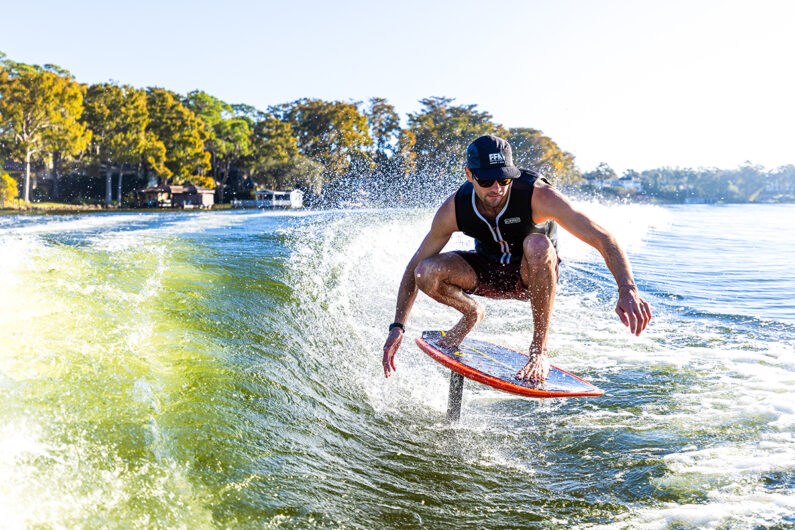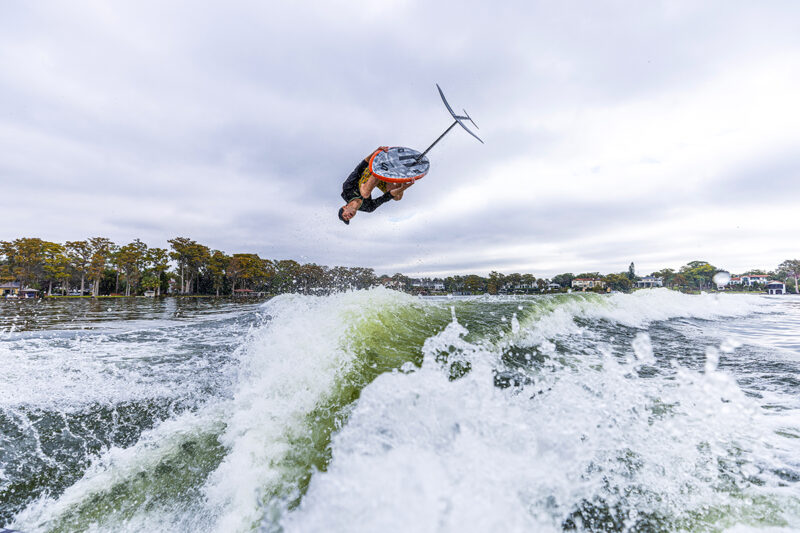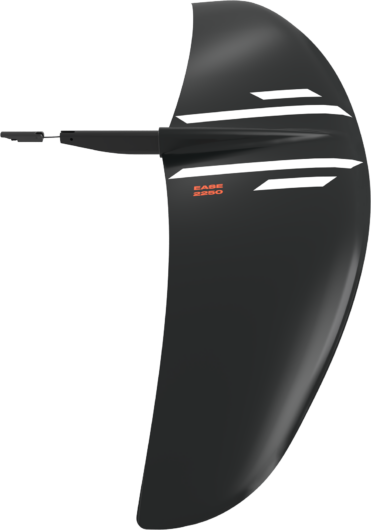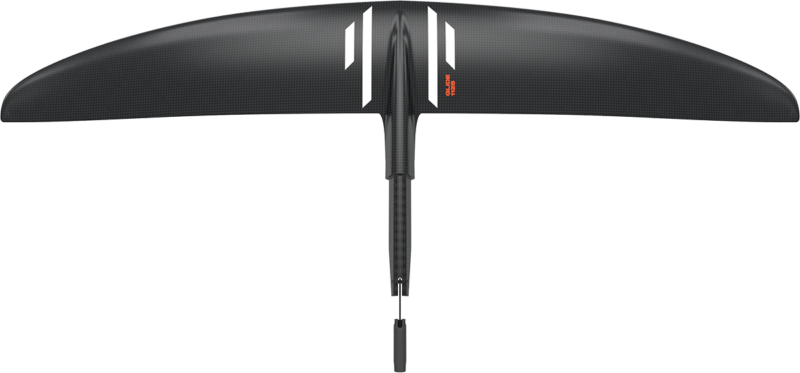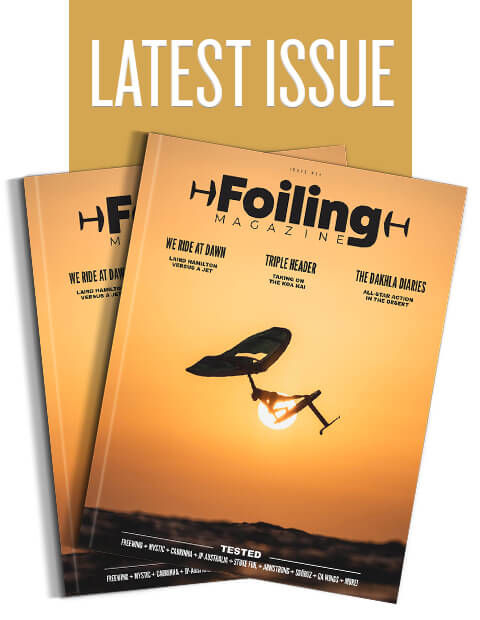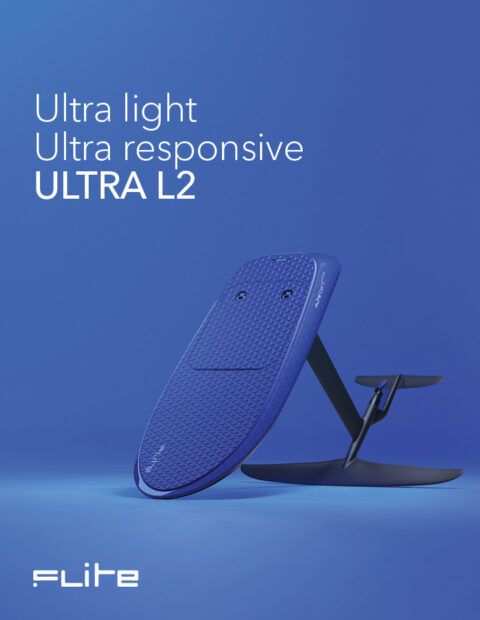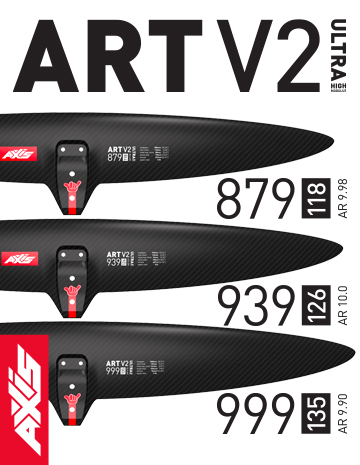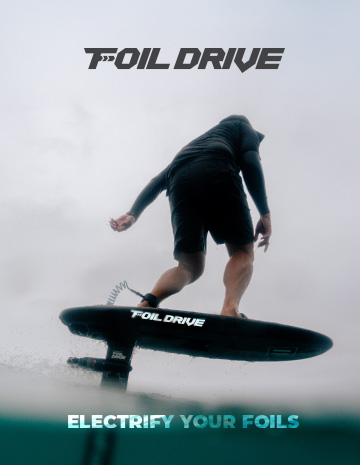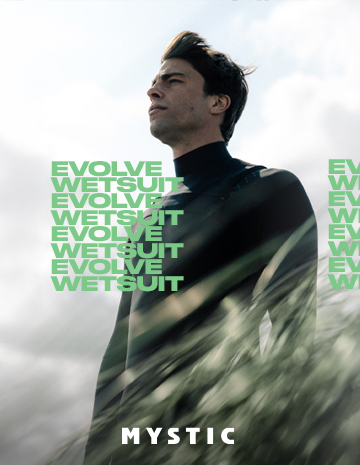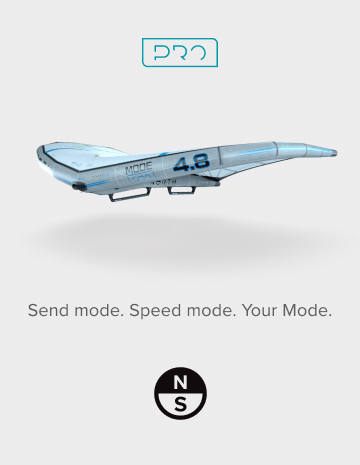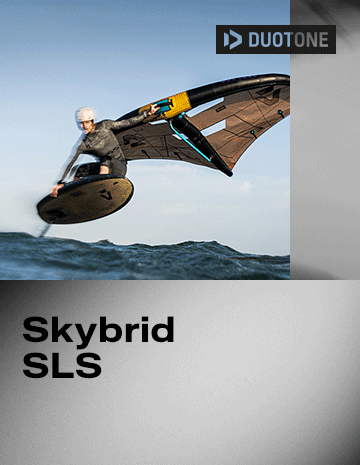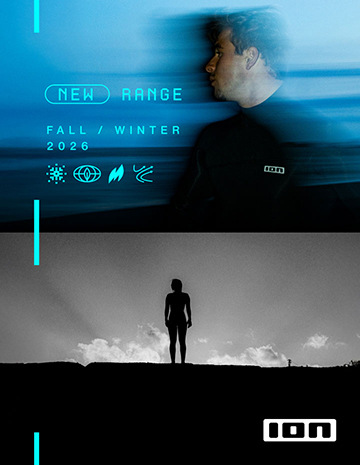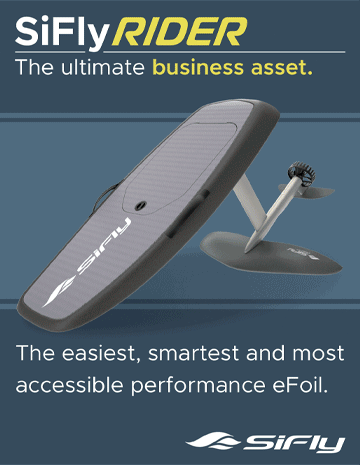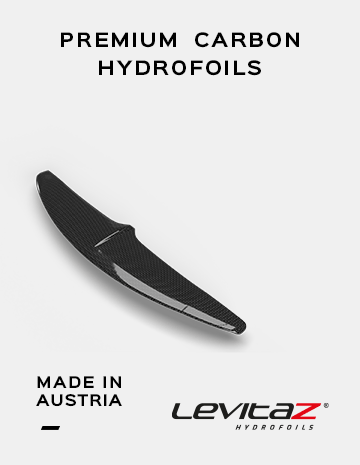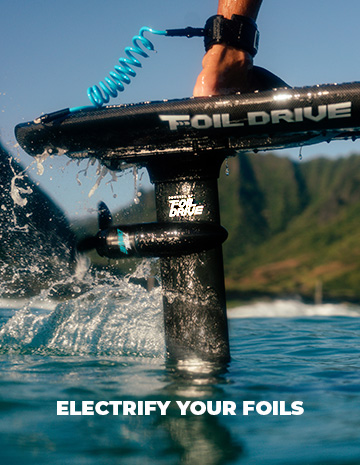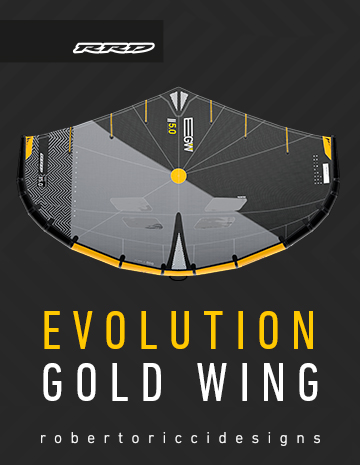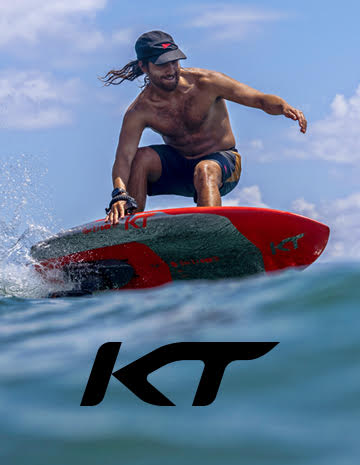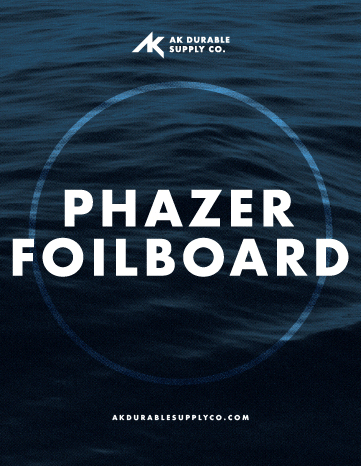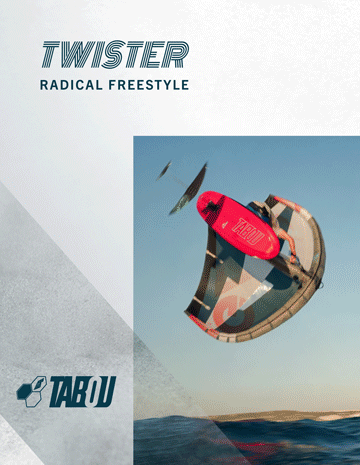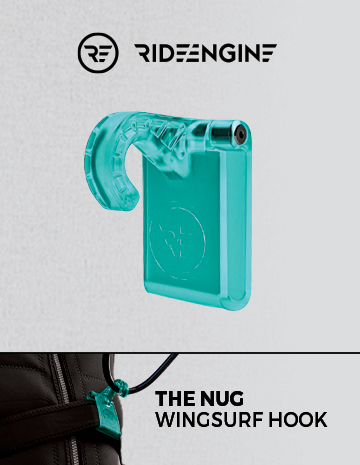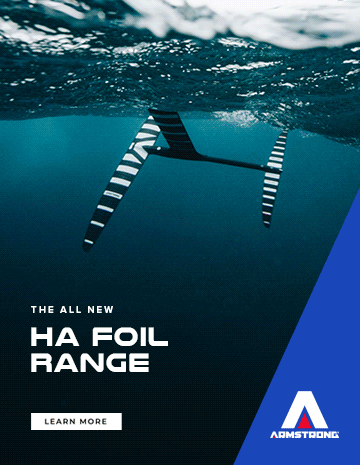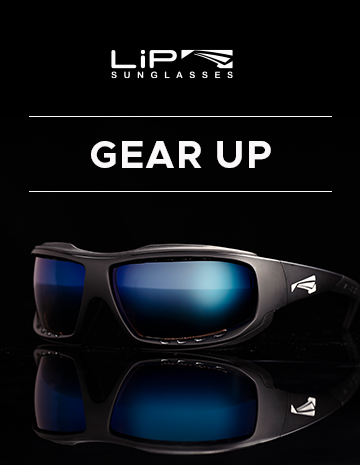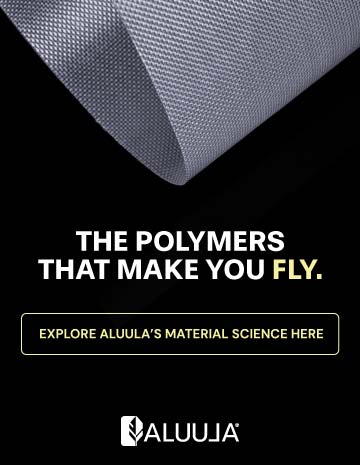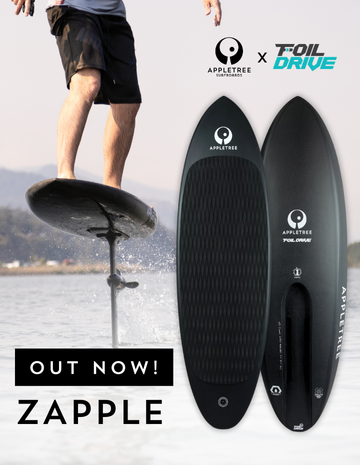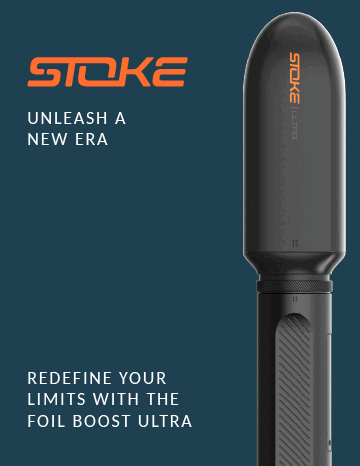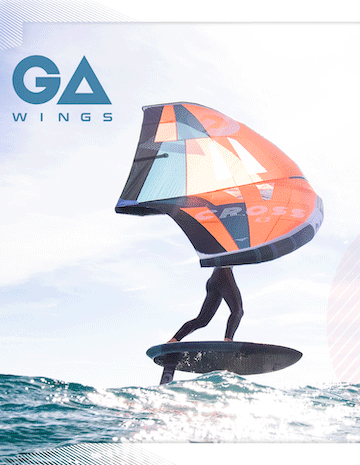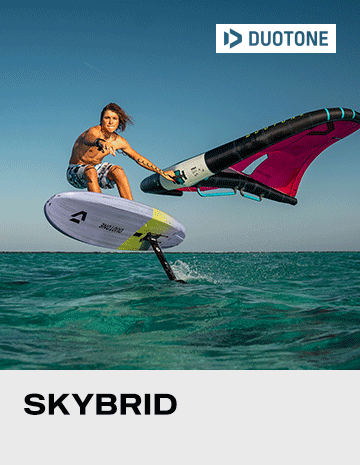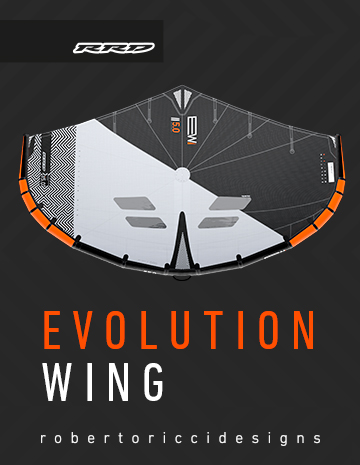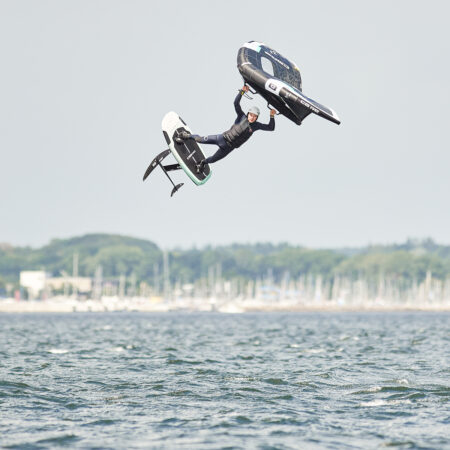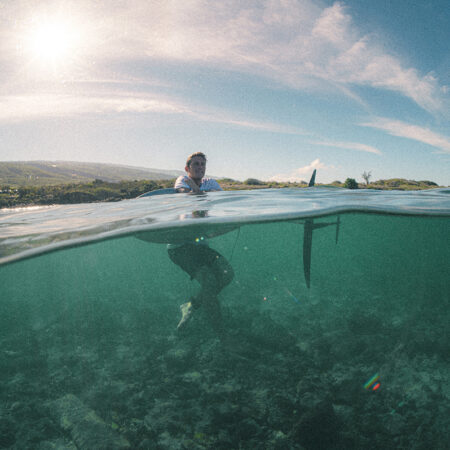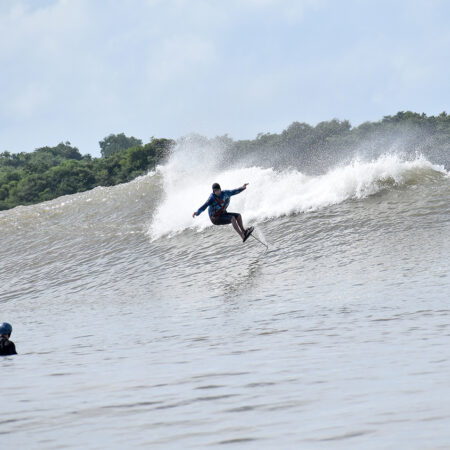The Innovator: Slingshot One-Lock™ Screwless Foil System
Screws lost in sand – it’s the bane of a foiler’s life. Thankfully, Slingshot might have just come out with the system that’s finally going to put screws in the rearview mirror once and for all. Integral to the R&D phase is Fred Hope, Director of Product Marketing, so who better to fill us in on this exciting new tech…
So, Fred, for those unfamiliar with the One-Lock system, can you explain how it works?
The beauty of the One-Lock system is its simplicity. To assemble, you slide the front wing into the collar at the bottom of the mast, then slide the tail (stabilizer) into the other side. Finally, you insert the latch into the tail’s cavity and click it down flush. That’s it – you're ready to go.
What’s not so simple is the engineering behind it. This system took us three years to perfect. If you saw the original 3D-printed prototypes, you wouldn’t even recognize them – except for one key feature: the Dyneema line. From day one, we knew we wanted to use Dyneema for its high-load capacity, zero stretch, and corrosion resistance.
We set out to solve three major issues: corrosion, the hassle of screws, and movement (or “play”) in the system. Saltwater wreaks havoc on aluminum fuselages, so we avoided those materials entirely. We’ve also dealt with seized, stripped, and broken screws for years, and we wanted to eliminate that pain point. Finally, we addressed system play – when the front wing wobbles due to carbon wear or imperfect tolerances.
Our solution is ingenious: the system self-adjusts to ensure a perfect fit over time. If the wing neck is slightly off, the stabilizer slides in to eliminate slack. This means your foil will never loosen with use – it actually gets tighter.
As a result of eliminating screws, aluminum fuselages, and system play, we’ve created our highest-performing foil to date. The lower drag and lighter weight setup delivers instant responsiveness when you need it most. Whether you're riding in underpowered conditions or gliding ahead of a wave, the foil maintains its lift without the faint pull-down effect often experienced with screw-based systems. This isn’t just a novel way to assemble a foil – it’s a true performance leap that elevates your foiling experience and helps you become a better rider.
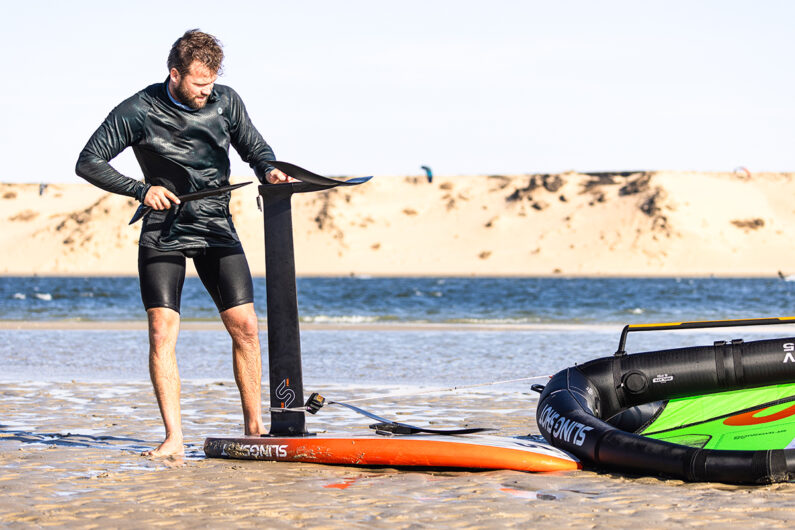
It sounds remarkably simple. Is it really as easy to assemble as it looks?
You’ve seen the videos! The foil comes together in seconds and stays rock solid, even in extreme conditions. Just yesterday, I was towing into massive waves on Maui. After being tossed in the washing machine by a few closeouts, the foil remained completely intact – no post-thrashing issues at all.
Who deserves credit for this innovation?
That would be Bobby Johnson. Without his relentless work, this system wouldn’t exist. Bobby balanced late-night calls with factories, constant feedback from our team, and the challenges of designing both the One-Lock platform and our wings. He’s one of the most important minds in the industry today.
Are there any wear points to watch for?
Because this system is new, some customers may initially assemble it incorrectly. To prevent damage, the latch is designed to crush before the carbon tail does. Replacement latches are inexpensive, and we include a spare with every setup. But if you follow our quick-start assembly guide, you’ll never have an issue.
On that, what kind of testing went into this system?
Countless iterations – we’ve lost track of how many. We’ve broken every component during R&D to determine the ideal layups, geometry, and strength. This system is built to endure the harshest conditions, including saltwater. I’ve tested the system so hard I’ve needed MRIs and X-rays – but the foil remains stronger than my body!
Does this system significantly increase the cost of a setup?
Surprisingly, no! Beginner setups with aluminum masts will retail for $1,100-$1,250. Full carbon setups will range from $1,800-$2,300, while high-modulus carbon setups will cost $2,400-$3,000.
What wing, fuselage, and stabilizer options are available?
We’re launching with 11 front wings and 3 stabilizers:
• Glide Series (intermediate/advanced, 8.9 AR): 725, 925, 1125, 1325cm²
• Ease Series (beginner, ~5 AR): 1250, 1550, 1850, 2250cm²
• Kitefoil Series: 755, 855, 1255cm²
For stabilizers:
• 270cm² (beginner)
• 200cm² (kitefoiling)
• 180cm² (all-around, though I even use it for kitefoiling occasionally)
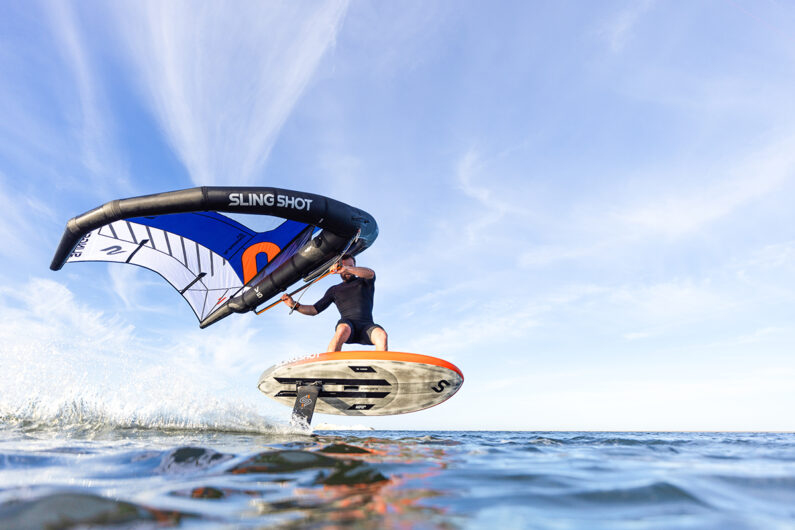
Will you license this technology or is it staying exclusive?
For now, we’re keeping it exclusive. We’ve invested countless hours and dollars to perfect this system, and we can’t wait for the world to experience it. This innovation marks a turning point for foiling – no more lost screws, no more corrosion, and no more wobble. The One-Lock system is here, and it's ready to redefine your ride.
